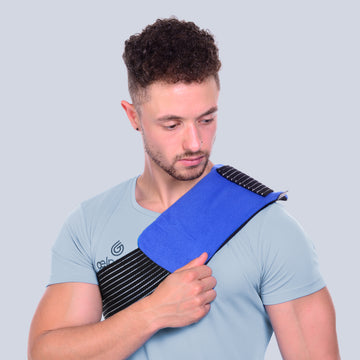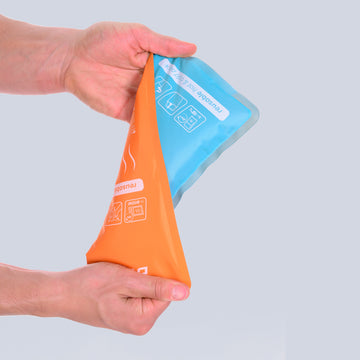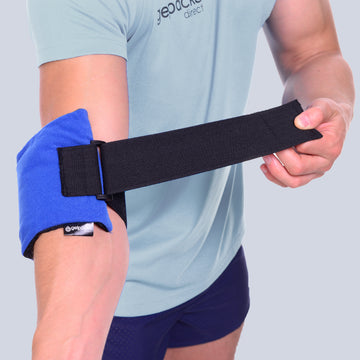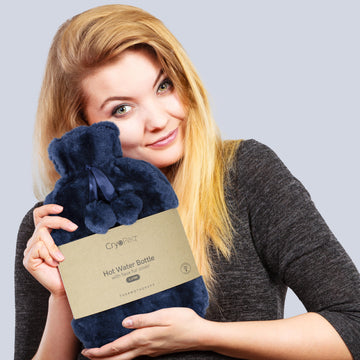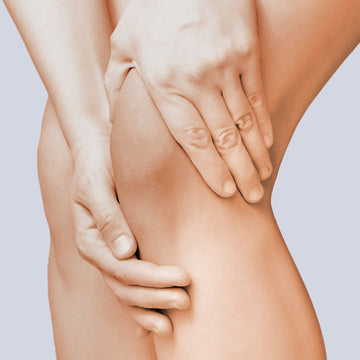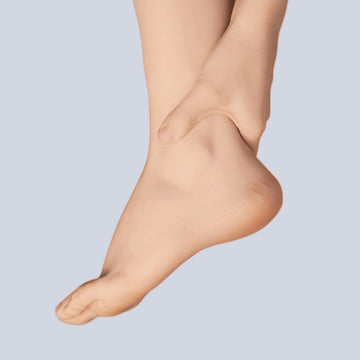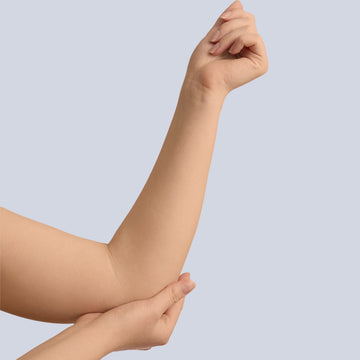HOW HOT COLD THERAPY WORKS
COLD THERAPY
When you tear a muscle or sprain joints – soft tissue damage occurs, blood vessels rupture and the injury site begins to swell. Applying cold therapy to treat injuries yields the following benefits:
- A decrease in fluid buildup and swelling at the site of injury by constricting blood vessels and slowing down the metabolism of the cells.
- Nerve endings at the site of the injury are numbed which decreases their ability to send impulses perceived as pain to the brain.
- It slows the release of chemicals that cause pain and inflammation.
HEAT THERAPY
Heat Therapy is the application of heat to the body for pain relief. Heat is generally used for more long-term injuries that have no inflammation or swelling. Sore muscles and stiff joints are well suited to heat therapy. For sportspersons, heat can be applied before exercise, to increase elasticity. However, heat should NOT be used post-workout – ice is the preferred option in this situation.
Compression may also be combined with heating to warm an injured area much more quickly than heat therapy on its won. Due to increased contact with skin and increased tissue density, tissues will reach their optimal heated temperature quicker, and will maintain it for longer periods after the treatment ends. Heat therapy helps relieve pain and stiffness, and with the added component of compression, its benefits are fully optimised and achieved more quickly.
Note: Don’t heat the injured area for longer than 20-minute intervals, or whilst sleeping.
